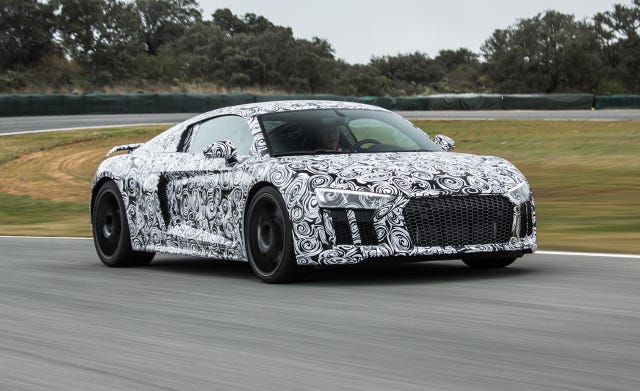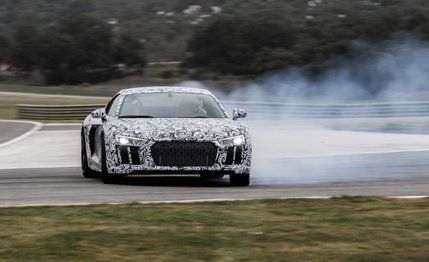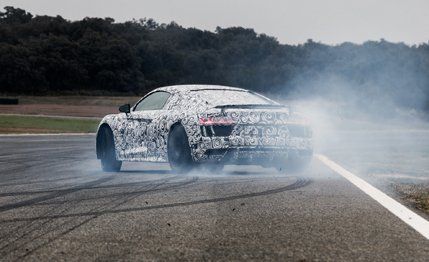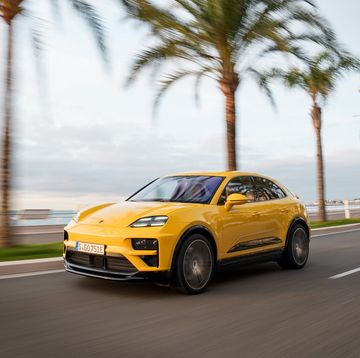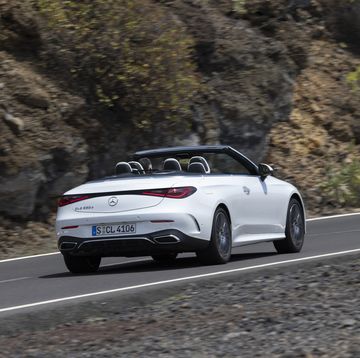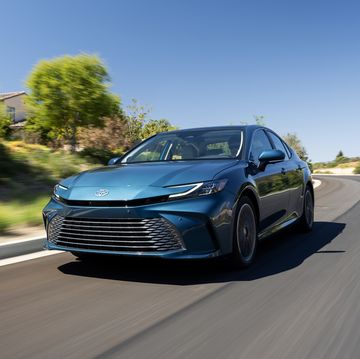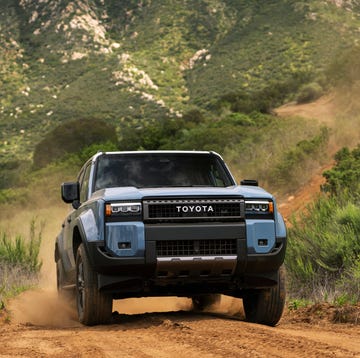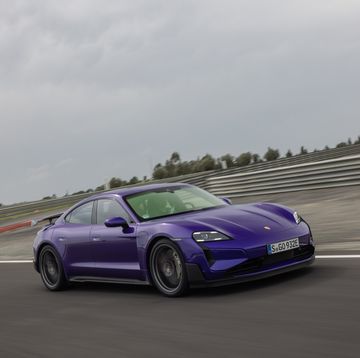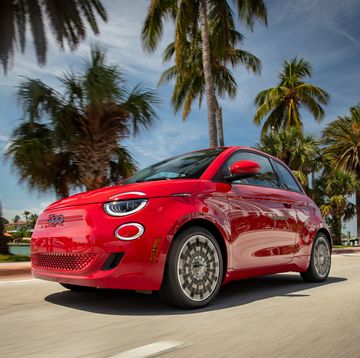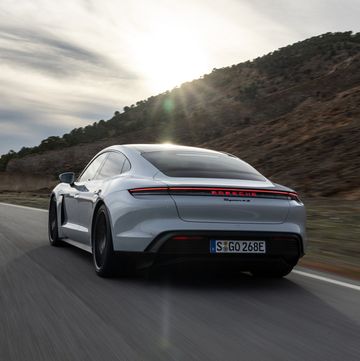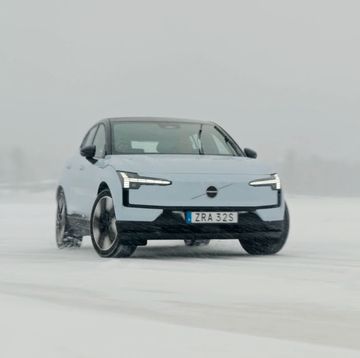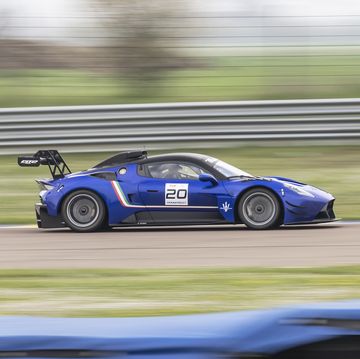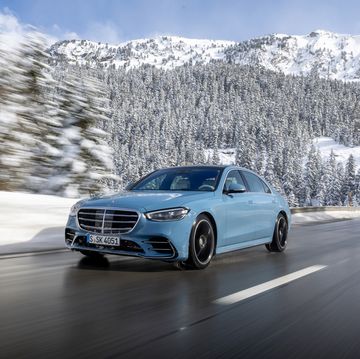Almost 12 years ago, Audi unveiled the 2003 Le Mans Quattro concept, a supercar that signaled the brand's boundless ambition. Just three years later, it morphed into the production R8. Built on a platform shared with the Lamborghini Gallardo, the R8 married everyday usability with supercar performance. Now Audi is launching the second-generation R8—and we were invited to come along for a ride in a development mule being flogged on the Ascari racetrack in Spain. We sat in on some hot laps driven by race-car driver Frank Stippler and were able to talk in-depth with engineers about the new model.
Evolution, Not Revolution
One thing is certain: Audi didn't reinvent the wheel. The new R8 stands on the thoroughly updated platform of the predecessor, now called MSS, or Modular Sports System. It is shared with the Lamborghini Huracán, but it doesn't bear any similarity to the Porsche 911. At some point down the road, corporate step-siblings Porsche and Audi will have to sit down together and figure out how to get synergies out of their next generation of sports cars. As it sits, the new R8 was conceived before Porsche became part of the Volkswagen Group.
Thanks to a clever materials mix, the new R8 was able to shed more than 100 pounds compared with the current car, and its center of gravity is even lower than before. The R8 is also more powerful than ever. The slightly modified, naturally aspirated 5.2-liter V-10 is a high-revving engine, with an 8850-rpm redline, and it cranks out a healthy 540 horsepower (up from 525). The V10 Plus model adds another 70 horsepower for a total of 610 (versus the previous 550). At its launch, the new R8 will have only the 10-cylinder—no V-8 will be offered initially.
With more power and less weight, the 2016 R8 V10 is, predictably, faster. The sprint from zero to 62 mph takes 3.5 seconds—or 3.2 seconds for the V10 Plus, according to Audi. Top speed is rated at an ungoverned 201 mph or 205 mph, depending on the model.
Out Goes the Gate
Despite the old-school powerplant, when it comes to the transmission, Audi turns its back on tradition. The wonderful manual transmission of its predecessor, with its metallic gated shifter, is gone. The new R8 comes only with a seven-speed dual-clutch automatic. The console shifter looks futuristic, and shifting action is ultraquick, but we’re sorry to see the manual go.
As before, torque is transmitted to all four wheels via Audi’s Quattro four-wheel-drive setup. The default distribution is slightly rear-biased, although it is fully variable from 0 to 100 percent on each axle. Standard kit includes 19-inch wheels; 20-inch rolling stock is optional, as are carbon-ceramic brakes. Audi has fitted a water-cooled front differential and a passive limited-slip rear differential, as well as electromechanical power steering. The variable, magnetic-ride suspension again will be offered as an option. Audi’s Drive Select switch is on the steering wheel; Performance is the ultimate setting, and the stability control system can be switched off entirely.
Switched Blades
The styling of the new R8 is evolutionary, but it doesn't make its predecessor look dated. The R8’s new grille and the chiseled lines bring it closer to the rest of Audi's current portfolio. A defining visual element, the vertical blades behind the doors have been reinterpreted. They have been split into a smaller blade below the beltline as well as an extension behind the side windows. As before, the blades can be ordered in body color, in contrasting colors, or in carbon fiber. LED headlights are standard, and there are optional laser lights; the latter might even be offered in the U.S., if Audi wins its wrestling match with our government over its outdated lighting regulations.
Mirroring the TT sports car’s leap forward, the R8 charges ahead with a futuristic interior that includes Audi's "virtual cockpit" with a large TFT monitor placed directly in front of the driver. Besides the Drive Select function, buttons on the steering wheel are devoted to the exhaust settings and the ignition.
Down the road, we expect to see the topless R8 Spyder return, as well as an entry-level model with either a V-8 or possibly a turbo V-6. There likely will be another version designed for customer racing. Audi also will offer the fully electric, rear-wheel-drive R8 e-tron—which will make for a true exotic.

